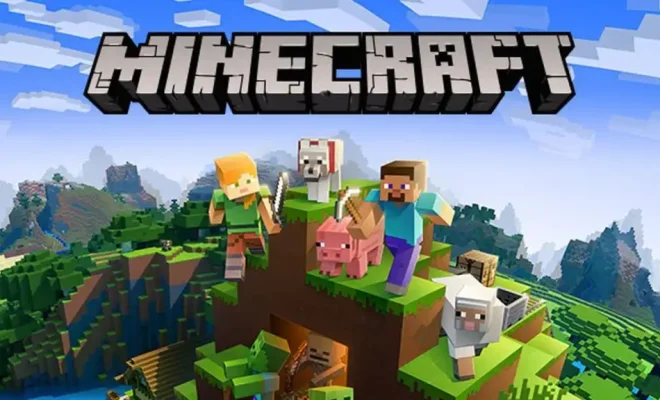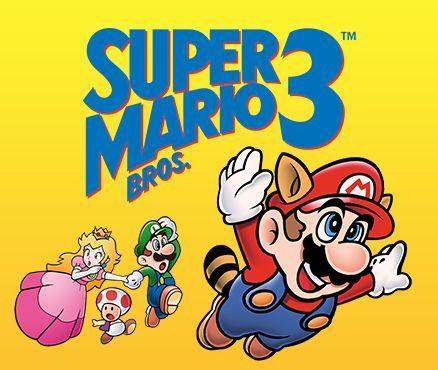Three Considerations For eLearning Gamification

Like any form of online learning, the gamification of content, as a strategy, seeks to enhance the learning experiences of the students who use it. Gamification is a valuable method for engaging students with material because it allows the learner to experience autonomy, gain immediate feedback, and identify direct relevance and value in connection with the content they are learning. It’s also, to put it plainly, just fun. When a learner is enjoying the process of learning, retention, and progress increases. To ensure proper implementation of gaming as part of the learning process, however, educators should consider the following factors.
Goals
With any learning strategy, the first assets to be created should be objectives. What skills or knowledge should learners expect to obtain by the end of the game? Is there an overarching theme that will underlie and drive all activity within the game? In short, every task that a student takes on should help students achieve identifiable and relevant objectives. Achieving them via gaming makes it more enjoyable, at least that’s the goal.
Tools
Of course, none of this is possible without practical online learning tools and platforms. It is vital that institutions first take stock of what tools they currently own, and then identify where there are gaps. Ultimately, educators need to determine which tools best help students and instructors achieve stated objectives. Having students partake in an online sports game, for example, when there are no clear objectives to be achieved, it is not sufficient. Further, instructors should consider what motivates a student to learn and attempt to adapt tools that potentially fuel that motivation. Ultimately, using online tools for the sake of using online tools is inefficient and possibly a waste of everyone’s time.
Results
Similar to setting objectives, instructors who choose to use gamification should know in advance the type of results they are seeking and how they plan to collect the results. Further, instructors should have a plan for how the results will be used once the data is collected. Will the data be valuable in helping students progress in their skills? Will it allow instructors to adapt their teaching where they see it is needed? Or is the data collected for the sake of collecting data? The latter is akin to having students write morning journals to fill time; it is useless for all parties.
The End Game
The gamification of content was brought about by instructors’ desires to more effectively engage students with the material being taught. This strategy is particularly helpful when the traditional modes of teaching (i.e., lecture halls and face to face classroom encounters) have fallen short, and learners are not progressing. Ideally, the gaming of content is fun for both students and instructors, while at the same time providing opportunities for valuable data collection and adaptive learning. Perhaps gaming may even replace some traditional assessments soon. After all, if we expect learners to progress, so should the methods we use to help them achieve said progression.






